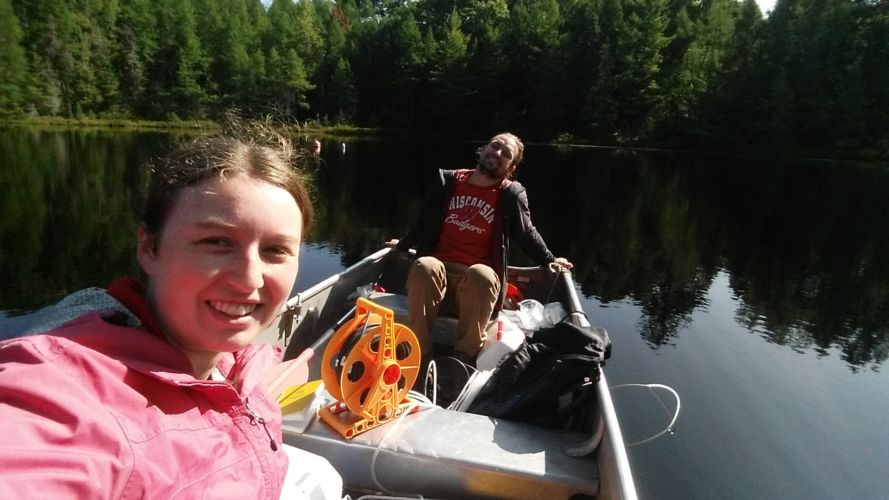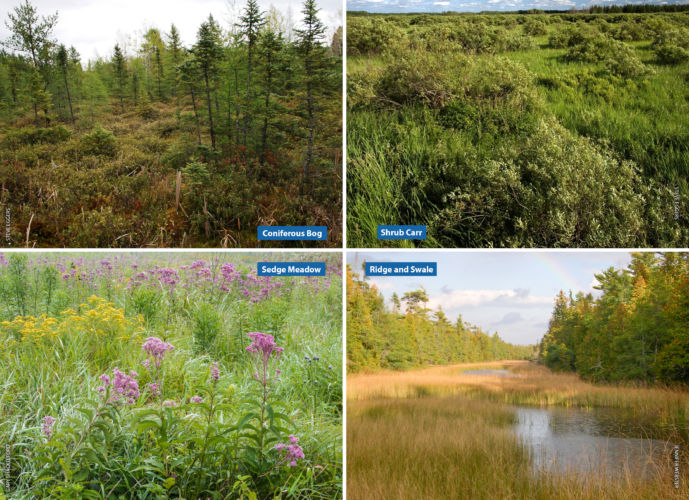Don’t reach for the hand sanitizer just yet! While a few bacteria like Cyanobacteria (blue-green algae) and E. coli have a bad reputation, the majority of bacteria are crucial components of a healthy ecosystem and do not cause disease. Freshwater bacteria found in bogs and other wetlands provide many necessary functions that make a healthy ecosystem. Bacteria are nature’s recyclers — responsible for decomposition, harvesting required nutrients from the air, and providing food to larger organisms like zooplankton, insects, and fish. Without these recyclers, food webs in bogs and other ecosystems would fail.
As a graduate student at University of Wisconsin-Madison working with Professor Katherine McMahon, I study the microbiome of freshwater. A microbiome is the community of microbes (microscopic organisms, including bacteria) that live within an ecosystem, so I study the bacteria of freshwater systems.
Much of my research is on bog lakes — acidic lakes and ponds in the middle of open bog mats. How do you know you’re in a bog? Look for pitcher plants, sphagnum moss, and leather leaf. These plants have special adaptations for coping with the acidic environment. Since bog lakes are also extremely nitrogen-limited, plants like the carnivorous pitcher plant develop coping strategies: they get their nitrogen by eating bugs!
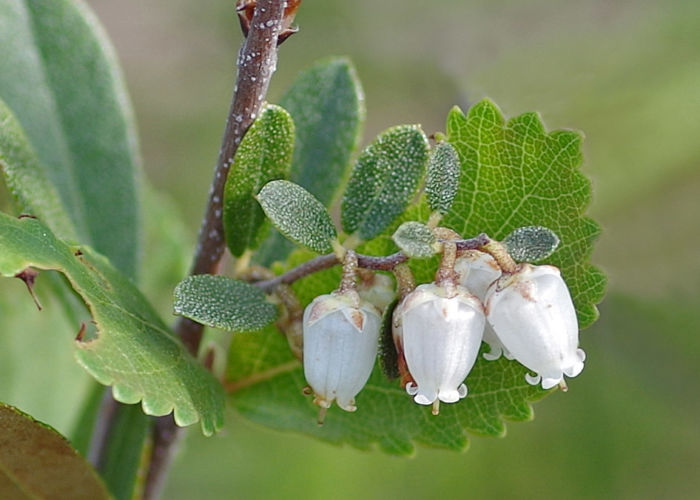
Leatherleaf shrub
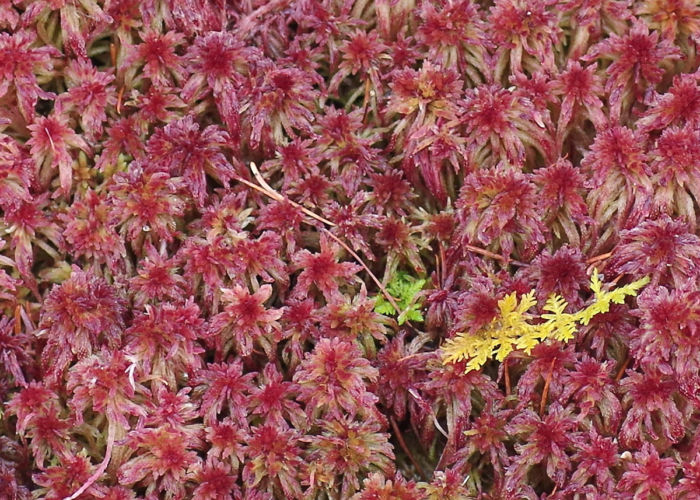
Sphagnum moss
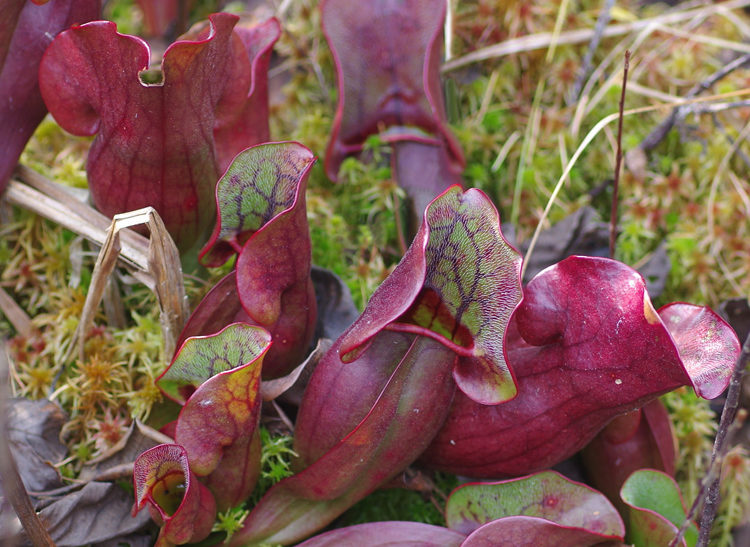
Pitcher plant
One thing I’d like to know as a microbiologist is what freshwater bacteria’s metabolisms look like — in other words, what chemicals they eat, breathe, and produce. While one cell has a miniscule impact its ecosystem, billions of cells working together can have noticeable effects, such as increased or decreased water clarity, a constant food source for zooplankton and fish, or the production of gases such as carbon dioxide, methane, or hydrogen sulfide. Because bog lakes are so different from other types of freshwater, comparing bog bacteria to those from other lakes gives us insight into what special adaptations are needed to survive bog-specific conditions like or low pH and limited nitrogen. We hope that our research will allow us to include the effects of microbes in studies of freshwater nutrient cycling, which could then be used to help guide freshwater management and policy decisions. We also want to learn more about the ecology and microbiology of the wacky bacteria that live in bog lakes.

We’re continuing to study bacteria in bog lakes and other freshwater systems to better understand the microbiome of freshwater. Our research will help incorporate bacteria into models of ecosystem functioning, ultimately improving resource management strategies and preventing unwanted bacteria, like blue-green algae, from growing out of control.
This article originally appeared in our 2017 Volume 3 Newsletter. Do you want to be on our newsletter mailing list? Become a member!
Bog plant photos by Kate Redmond, other photos by Alex Linz.
Related Content
Wetland Coffee Break: It’s the little things that run the world
How to identify Wisconsin’s common wetland types, Part ll

